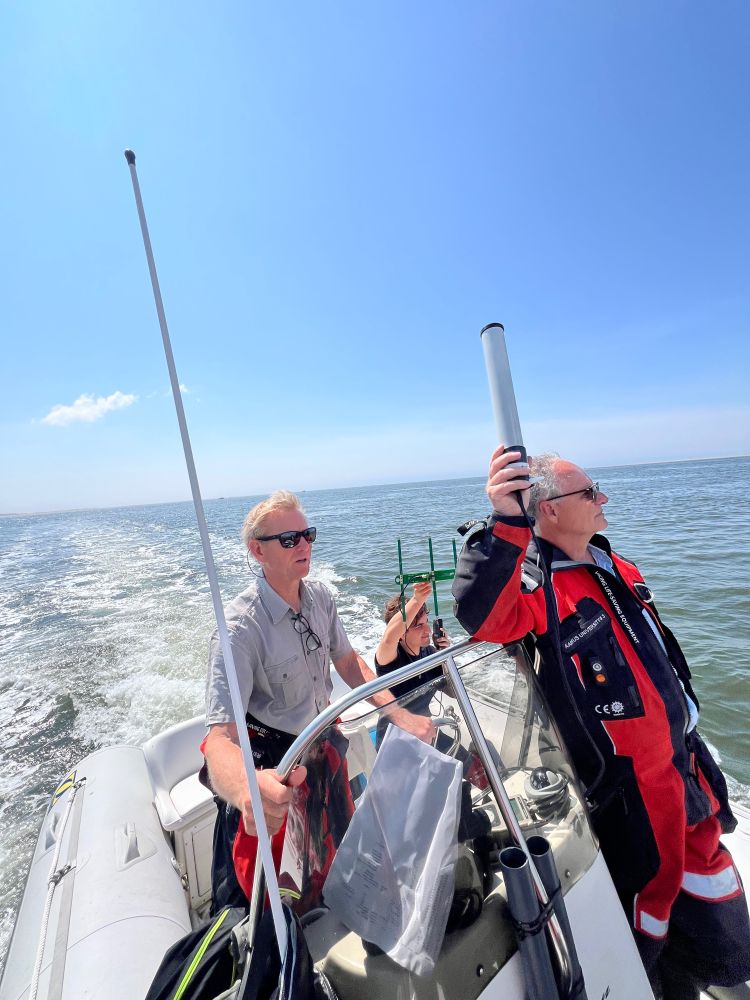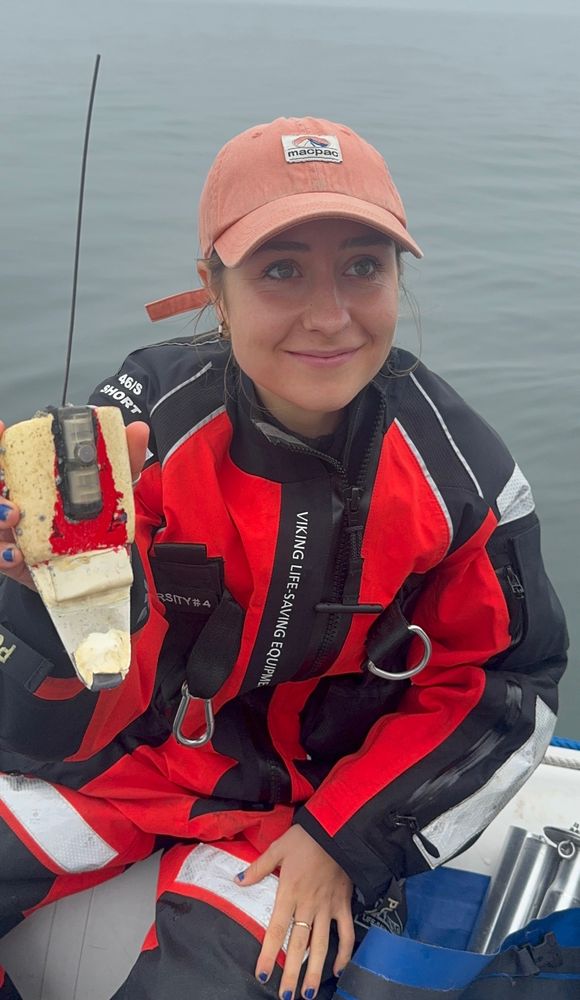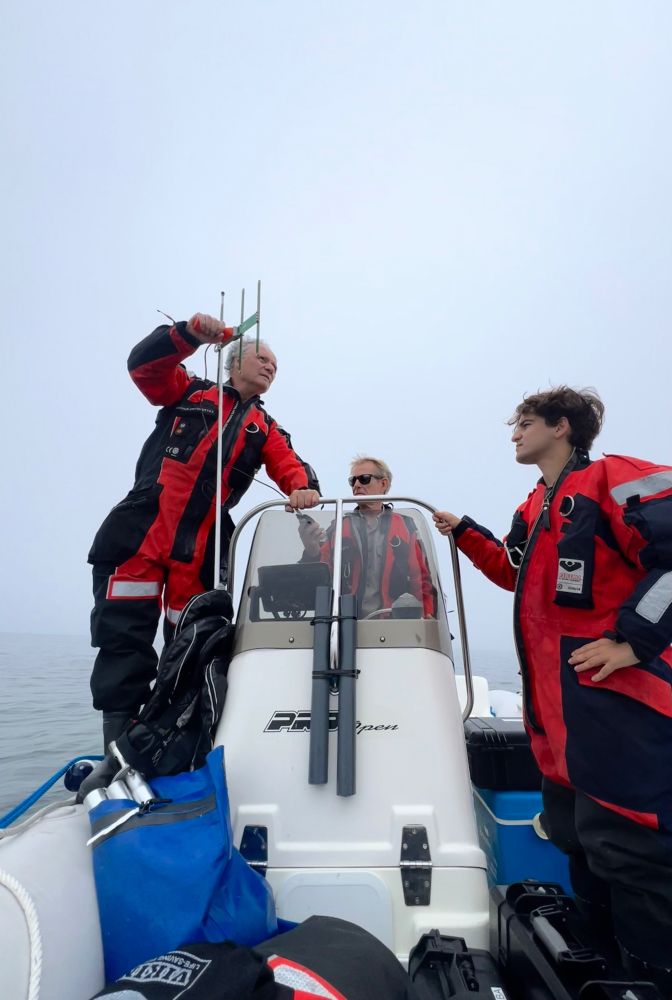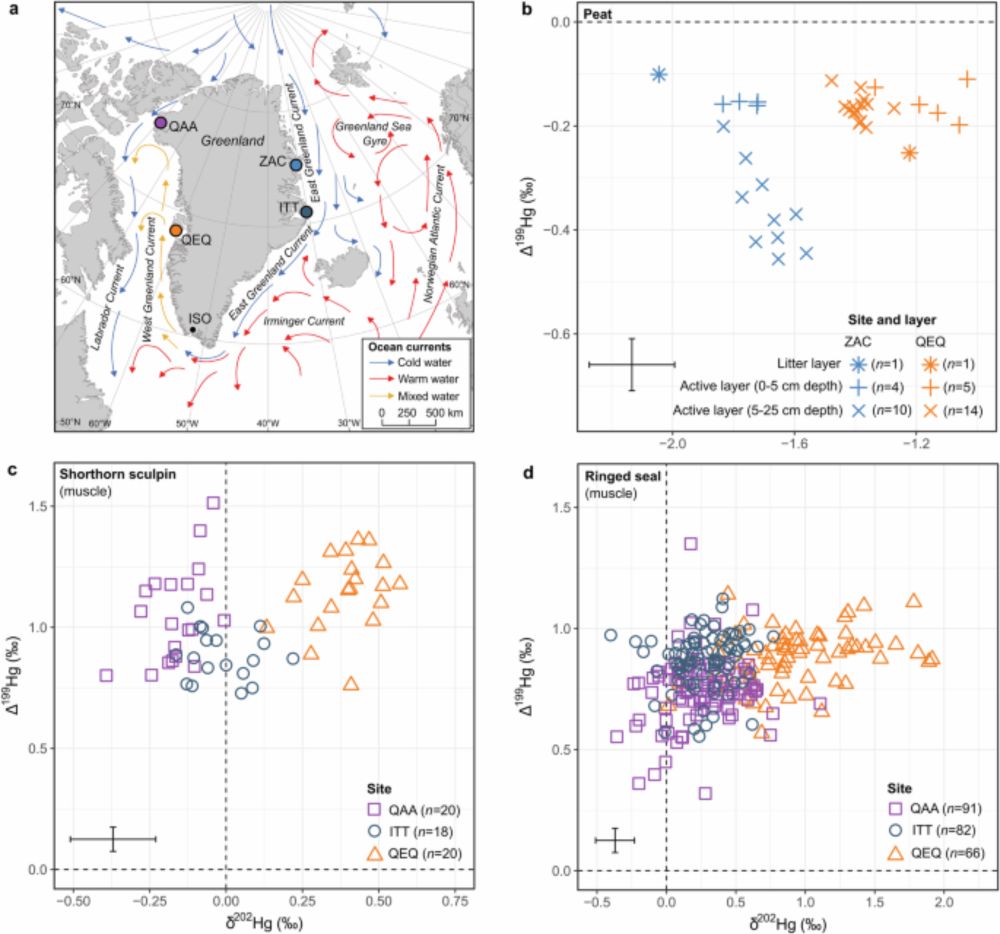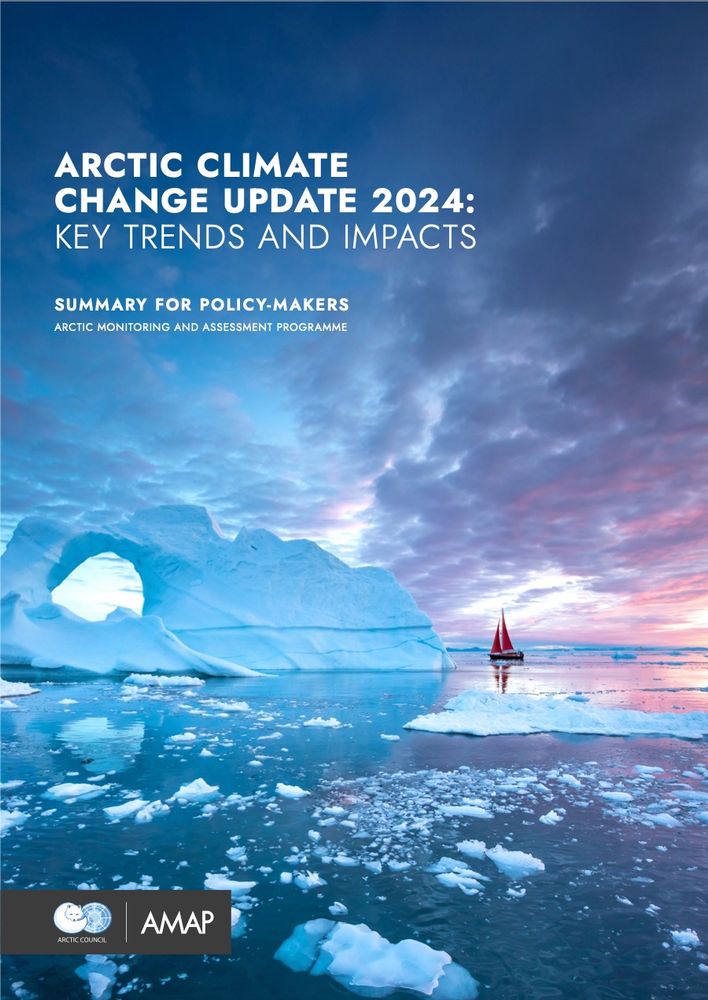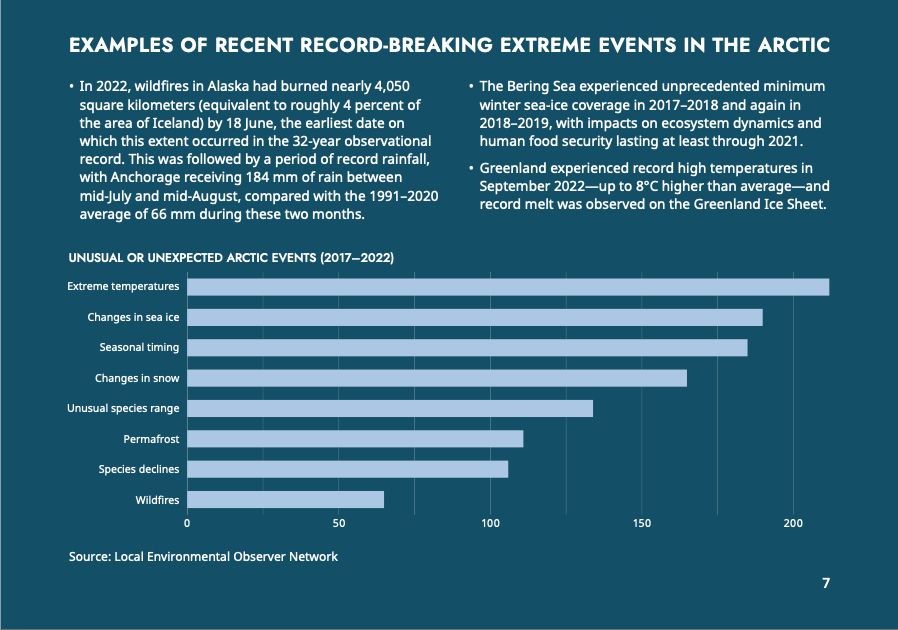Tove Petersson
@tovepetersson.bsky.social
220 followers
490 following
8 posts
Marine Mammal Research & Arctic Environment PhD student at Aarhus University 🇩🇰@au.dk.
Looking into sources and geographical patterns of Hg in key Arctic species in Greenland, Svalbard, Canada and Alaska 🐻❄️🐋🦭 HGSI @marinemammalsau.bsky
NZ / SE
Posts
Media
Videos
Starter Packs
Reposted by Tove Petersson
Tove Petersson
@tovepetersson.bsky.social
· Aug 20
Reposted by Tove Petersson
Tove Petersson
@tovepetersson.bsky.social
· May 16
Tove Petersson
@tovepetersson.bsky.social
· May 14
Tove Petersson
@tovepetersson.bsky.social
· May 10
Reposted by Tove Petersson
Tove Petersson
@tovepetersson.bsky.social
· Mar 23





